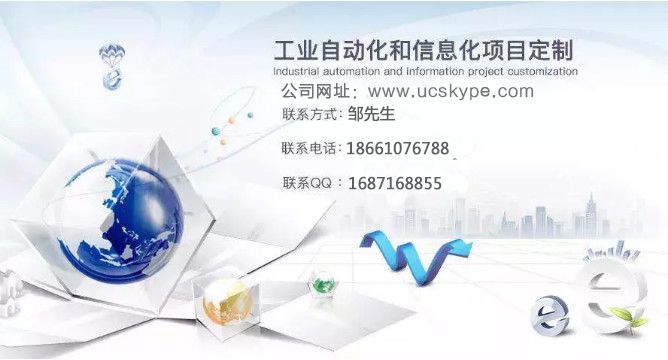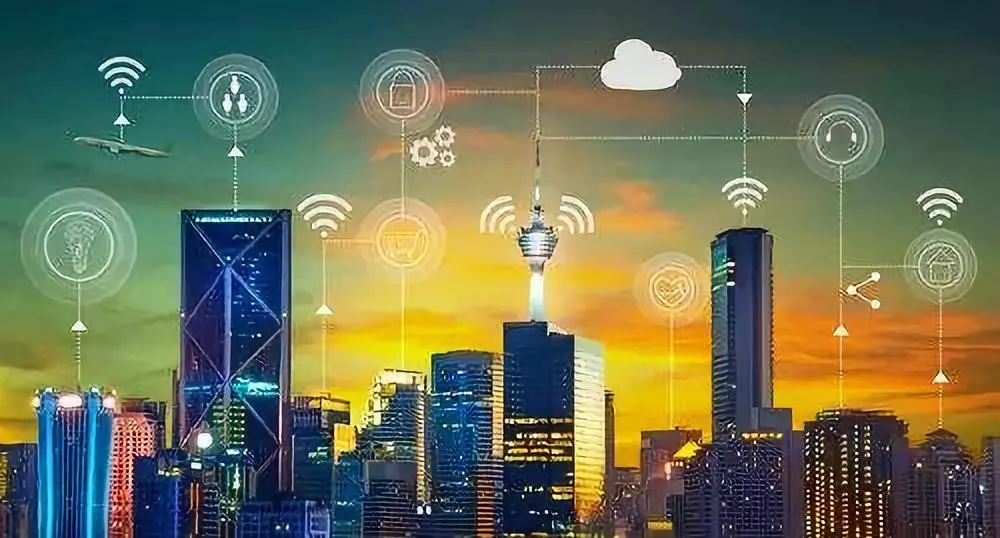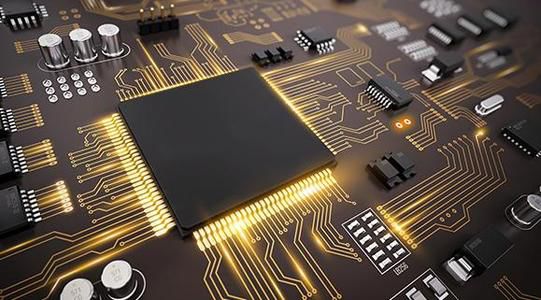
In addition to smart home networking and office space scenarios, many IoT device connections will occur in remote environments. In these new environments, limitations in M2M transmission coverage will lead to accessibility issues and a need for power connections. To address this, widely adopted LPWA solutions—LoRaWAN and 3GPP (LTE Cat M1 and Cat NB1) open standards—will specifically provide optimal solution support for the obstacles encountered during these IoT connections.
Definition of LoRa and LoRaWAN
LoRaWAN is a popular and widely deployed LPWA communication standard that operates in the ISM (Industrial, Scientific, Medical) band using unlicensed radio spectrum, with frequencies around 900MHz or 430MHz (exact frequencies vary worldwide). The use of unlicensed spectrum means companies can easily deploy networks and provide dedicated networks for enterprises. LoRaWAN defines the communication protocol and system architecture of the network, while LoRa describes the radio layer. LoRa uses Chirp Spread Spectrum (CSS) modulation, which is both energy-efficient and provides a longer range than traditional alternatives. Due to its range and robustness against interference, CSS has been used in military and space communications for decades, but LoRa is the first low-cost implementation available for commercial use.
The LoRa network has a star topology, where hundreds or thousands of devices communicate bidirectionally with gateways connected to the core network and ultimately the internet. Signals from a single sensor or device are received by all gateways within range, enhancing reliability and opening up possibilities for location services. The network employs a complex “Adaptive Data Rate” algorithm to fine-tune communication between each device and gateway to minimize power consumption and maximize reliability.
Benefits of Choosing LoRaWAN
1. Coverage: With CSS and ADR, devices can communicate with gateways up to 15 kilometers away in open areas and up to 5 kilometers in urban environments, meaning a single gateway can cover all devices within a radius of 700 square kilometers. The coverage also extends indoors, reaching basements or service conduits below street level.

2. Low Power and Longevity: Low power and low peak current requirements mean that LoRaWAN data transmission and reception require low current (below 50mA), significantly reducing device power consumption. A single charge can provide up to ten years of device lifespan, greatly lowering support and maintenance costs.
3. Cost Savings: The extensive coverage and relatively low gateway costs significantly reduce the cost of deploying LoRaWAN networks. For devices, the price of communication modules is around $10, and the unlicensed spectrum means connection costs are only $1/year.
4. Location Services: Since signals from specific devices can be received by multiple gateways, the location of devices can be calculated based on signal strength and/or signal arrival time from each base station, enabling network-based location services for tracking or geofencing devices.
5. Deep Penetration: LoRa radio modulation allows for deep indoor penetration and increases the ability to reach sensors located underground, such as water meters or gas meters.
6. No Frequency License Required: LoRaWAN networks are deployed in the free ISM band (EU 868, AS 923, US 915MHz), allowing any service provider or company to deploy and operate LoRaWAN networks without obtaining any frequency licenses.
7. One-Stop Management: LoRaWAN networks support various vertical solutions, allowing service providers to manage diverse use cases such as smart buildings, precision agriculture, smart metering, or smart cities using a single platform and standard.

Differences Between LoRaWAN and 3GPP Technologies
For many requirements, LPWAN demands the lowest cost and lowest power. In practical use cases (approximately 20 messages/day), LoRaWAN’s power consumption is five times better than LTE Cat NB1. The required peak current is reduced by ten times—equivalent to a battery size reduction by an order of magnitude, extending lifespan by ten years.
Another major difference between LoRaWAN and 3GPP is the use of unlicensed spectrum. LoRaWAN allows for the easy deployment of “campus” networks with thousands of devices in a small area (smart cities, smart buildings, smart airports, smart factories). Enterprise networks can be completely under the customer’s control, and data remains end-to-end encrypted.